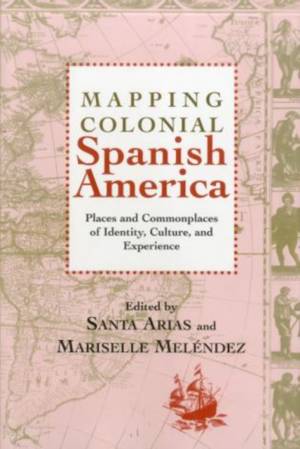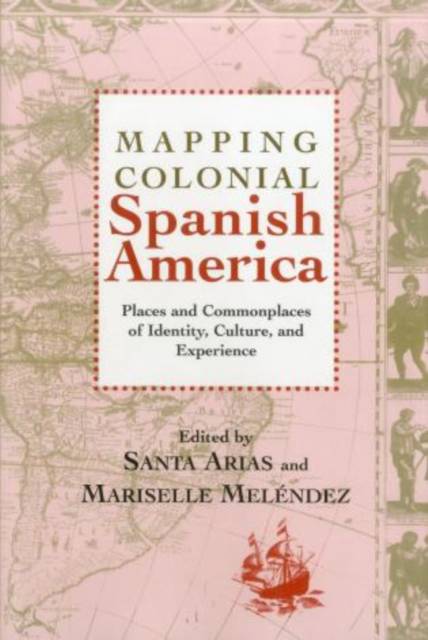
Bedankt voor het vertrouwen het afgelopen jaar! Om jou te bedanken bieden we GRATIS verzending (in België) aan op alles gedurende de hele maand januari.
- Afhalen na 1 uur in een winkel met voorraad
- In januari gratis thuislevering in België
- Ruim aanbod met 7 miljoen producten
Bedankt voor het vertrouwen het afgelopen jaar! Om jou te bedanken bieden we GRATIS verzending (in België) aan op alles gedurende de hele maand januari.
- Afhalen na 1 uur in een winkel met voorraad
- In januari gratis thuislevering in België
- Ruim aanbod met 7 miljoen producten
Zoeken
Mapping Colonial Spanish America
Places and Commonplaces of Identity, Culture, and Experience
€ 88,45
+ 176 punten
Omschrijving
Mapping Colonial Spanish America is the first book-length investigation of the discursive and cultural production of space in colonial Spanish America from the fifteenth to the eighteenth centuries. Engaging with many canonical and non-canonical authors, the essays in this volume work together to inquire into the spatial configurations of colonial Spanish America and its inhabitants to provide new perspectives on issues of identity, race, gender, politics, and the construction of urban and rural geographies. The book is divided into five sections: textual and spatial configurations of alterity; the memory of space and the articulation of identity; the economy of geographical representation; gender and the politics of location; and the foundation of the colonial city. It thus shows how space offers a critical perspective from which to examine colonial discourse, culture and history, which representing a significant tool to interrogate colonial power and to understand the mechanisms of control involved in the process of mapping, living, or appropriating places and territories. Mapping Colonial Spanish America suggests significant new questions and directions in which the phenomenon of spatiality in Spanish America can be analyzed and interpreted.
Specificaties
Betrokkenen
- Uitgeverij:
Inhoud
- Aantal bladzijden:
- 200
- Taal:
- Engels
- Reeks:
Eigenschappen
- Productcode (EAN):
- 9781611481594
- Verschijningsdatum:
- 1/07/2002
- Uitvoering:
- Hardcover
- Formaat:
- Genaaid
- Afmetingen:
- 157 mm x 241 mm
- Gewicht:
- 544 g

Alleen bij Standaard Boekhandel
+ 176 punten op je klantenkaart van Standaard Boekhandel
Beoordelingen
We publiceren alleen reviews die voldoen aan de voorwaarden voor reviews. Bekijk onze voorwaarden voor reviews.








